Before you assume I’m some kind of accomplished vegetarian, I’m not. (Because here I am writing about getting enough protein in a vegetarian diet). Actually, I failed miserably at being vegetarian; not because I didn’t try, but because my body just didn’t suit that kind of diet. I didn’t want to admit the shameful truth to myself, even after doing my best to ignore the sinfully amazing smells emanating from every chicken shop I walked past, that made my mouth water in desperate craving. Even when I put on twelve kilos, my hair started falling out and my nails began to buckle, I still stubbornly did what I could to keep away from meat.
After two years of valiantly soaking and cooking up legumes in all the correct ways and stuffing my face with sautéed tofu, I finally acknowledged that the constant bloating and uncomfortable feeling in my tummy, as though it was full of cardboard, was an indicator that I should change my ways. And before you ask, I tried everything I could think of to improve my digestion, including increasing my stomach acid with bitter herbs and apple cider vinegar, since having good strong stomach acid is vital to deal with the extra fibre and antinutrients that can challenge vegetarian digestive systems.
With a sense of defeat mingled with undeniable excitement, I went out and got an organic chicken and cooked it up in the oven. I cannot convey in words the conflicting emotions that flooded my system during that meal, but I can tell you I still vividly remember every guilty, incredible mouthful.
Part of the issue was an underlying intolerance of legumes, which I’ve unfortunately passed on to at least one of my kids. The other part was just that my body needed more protein than what it was able to get from a strict vegetarian diet. So, you might be thinking I’m the least credible source of information given my defection from vegetarianism. I’m also the world’s most unlikely advocate for this kind of diet. However, in my striving to achieve what I thought was the perfect diet for myself, I actually learned a lot and made many discoveries on that particular journey. In this blog, I will share my learnings with you, which may be useful if you’re either considering becoming vegetarian or wishing to increase your protein intake as an already existing vegetarian.
Protein is a vital macronutrient which is necessary for literally every single process that occurs in your body, along with carbohydrates and fats. It can be a challenge to maintain adequate protein intake and as you’ve read above, not every body is suited to a vegetarian diet. A book called Eat Right 4 Your Type by Peter D’Adamo, was implemental in influencing me to make my final decision to jump off the vegetarian wagon. It’s a book about your blood type helping you decide what you should eat. On saying that, in my clinical experience in the last fifteen years, I’ve learned that there are no hard and fast rules when it comes to the kind of diet that suits everyone. Blood type is only one small part of a person. We are all individuals with our own set of digestive issues and particular foods that we know instinctively will nurture us.
So, back to vegetarianism. Simply cutting out meat and eating everything else as though meat was still in your diet is not a sensible option. Eating nothing but vegetables, cheese, bread and rice/pasta will not allow you to have enough protein in order to maintain optimal health, including immune function, tissue repair and energy production. This kind of diet is also highly carbohydrate based and may lead to blood sugar imbalances . It can take a little creative thinking to bring in the protein sources you need to boost your protein intake, but for those whose bodies suit a vegetarian diet, it’s very achievable.
A word about protein combining
Most plant foods do not contain the entire spectrum of essential amino acids. It can be easy to get into a food rut and we are all guilty of this to some degree. But sitting in that rut on a vegetarian diet may lead to more severe nutritional deficiencies than a carnivorous diet, and sometimes even food intolerances. Also, limiting the variety of foods eaten may not give you a full spectrum of the essential amino acids. Combining a large range of protein containing foods is vital in order to make sure you are receiving the correct ratio of the essential amino acids.
Protein Rich Grains
High protein grain-based foods can be a valuable protein contributor, especially if you make sure you include a variety of these. Make sure to include those grains which are low in gluten and therefore more likely to be well tolerated by the body. Here are some examples of protein rich, gluten free grains, including the amount of protein they contain per cup:
- Amaranth – 28.1 grams
- Oats – 26.3 grams
- Teff – 25.7 grams
- Quinoa – 24 grams
- Wild Rice – 23.6 grams
- Buckwheat – 22.5 grams
- Millet – 22 grams
- Sorghum – 21.7 grams
- Brown Rice – 14.7 grams
- White Rice – 13.1 grams (Source: The Spruce Eats).
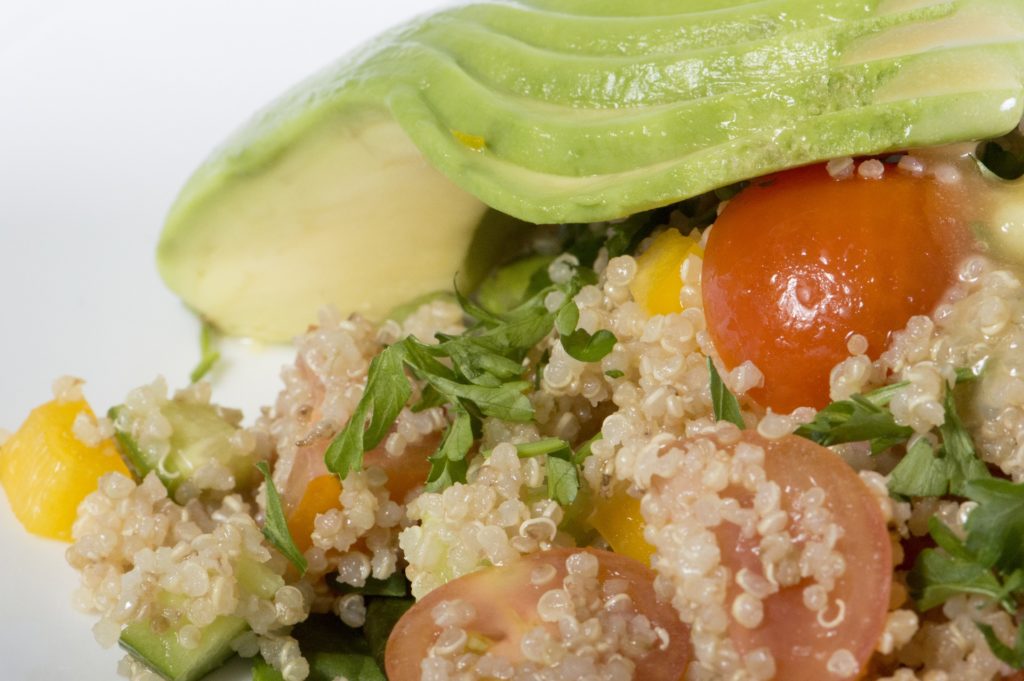
Protein Rich Legumes
Legumes are another valuable source of protein, but remember they need to be prepared properly in order to avoid antinutrients which can cause inflammation and oppose absorption of minerals. Make sure these are organic if at all possible, because, for example, soy products are often GMO, riddled with pesticides and can play havoc with digestion.
Protein in legumes, each amount is per cup:
- Edamame (steamed soybeans) – 31.3g
- Lentils – 17.9g
- Large white beans – 17.4g
- Roman beans – 16.5
- Split peas – 16.3
- Pinto beans – 15.4
- Kidney beans – 15.3
(Source: my food data).
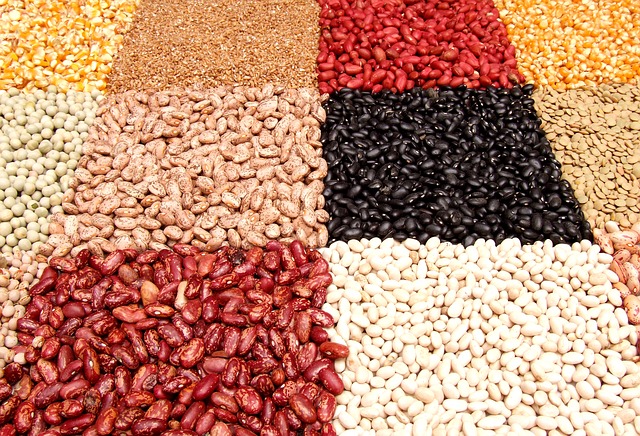
Other Sources of Protein
Other foods high in protein include nuts, seeds including sunflower seeds, pumpkin seeds, hemp seeds, sesame and chia seeds. A handful of these can greatly increase protein content of a meal.
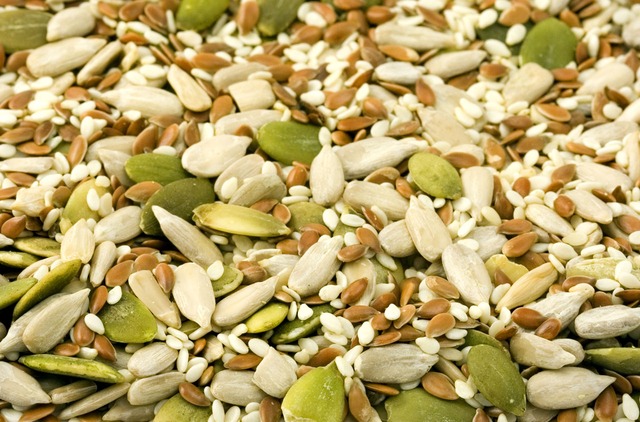
Other tips about getting enough protein in a vegetarian diet:
- A high protein breakfast may help to balance blood glucose levels
- Increase steamed brassicas (not raw as they can oppose thyroid function) and increase other fresh vegetables to enhance liver function and utilize their natural antioxidant function
- Use high quality salt in cooking such as Celtic sea salt which contains a range of minerals to bring sodium levels into better balance
- Broths of all kinds which can increase minerals and concentrated nutrients
Lifestyle suggestions:
- Increase gentle exercise as it has a beneficial effect on metabolism, blood sugar levels and liver function
- Install a guided meditation app to listen to before sleep to reduce stress levels, which can lead to improved digestion
- Drink plain, filtered water
- Cut down/avoid alcohol altogether
- A capful of Apple Cider Vinegar (ACV) in water on waking to assist in increasing stomach acid which can aid digestion, improve liver function, reduce general tissue acidity and bring an increased sense of general health.
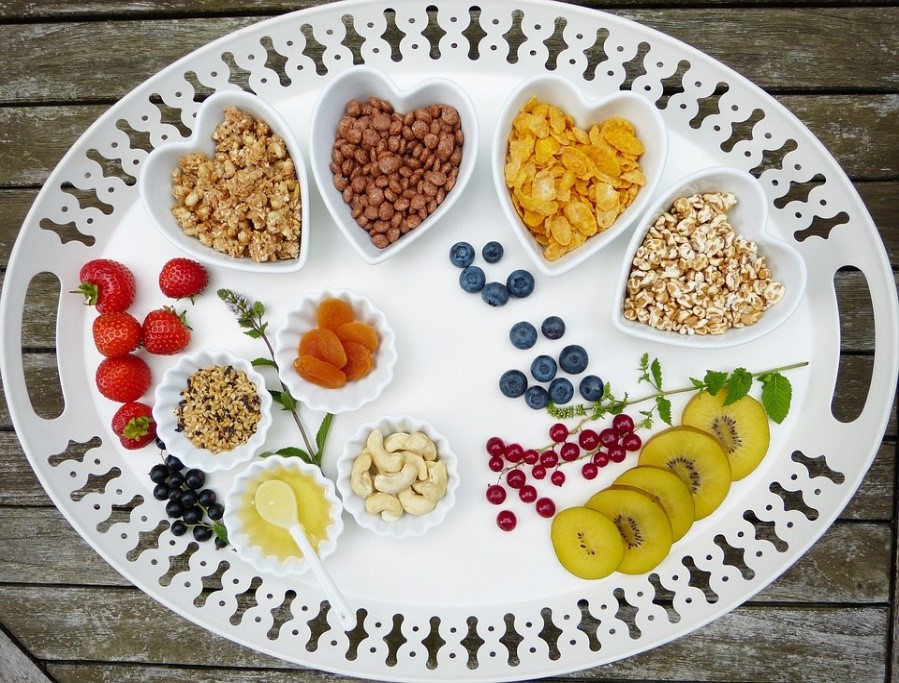
Suggestions and diet examples
Here is a list of suggestions for substitutes for common high carbohydrate and potentially unhealthy foods in your vegetarian journey. On saying that, let’s be sensible here for a moment. A sweet potato mash with a generous dollop of pasture fed butter and lightly seasoned with Celtic sea salt is not hugely unhealthy if you’re eating it in moderation with a quality protein source and loads of green veggies. Sweet potato is full of resistant starches and has less of an impact on blood sugar levels than your average potato.
Remember, it can be very blah and even somewhat unhealthy if you’re eating according to an intellectually designed diet and not enjoying your food enough at meals. Enjoyment of food helps in the digestive process, so make sure you approach this with a sensible attitude of moderation to ensure you’ll stick to whatever you’ve planned and will be satisfied after eating. Make sure you also include good quality fats to ensure you’re getting enough of this vital macronutrient as well. Fat in a meal can contribute to that delicious sense of contentment we’re supposed to get from our food.
Potato substitutes:
- Use steamed, blended cauliflower with a little butter, salt and pepper instead of mashed potatoes. It’s delicious.
- Squash (the yellow kind) could also be used instead of potato. For hash browns, use grated squash, with egg as a binder and gently fried in coconut oil – a delicious side dish to any meal.
- Organic tempeh, gently fried with garlic and onions, and whatever herbs and spices go with the meal, gives a similar consistency to mashed potato.
- Swap potato chips with fried kale chips – gently fry pieces of kale in good quality oil and a pinch of unrefined sea salt.
Rice:
- Finely blend raw cauliflower into small, rice-like pieces and steam gently. Serve with stews and curries.
- High protein, low carb grains/seeds which may be eaten in moderation instead of rice: quinoa, teff, buckwheat, wild rice.
- If you really want rice, try organic basmati steamed with the absorption method but before you turn on the stove add a tablespoon of coconut oil, then cool it rapidly before eating. This changes the starches in the rice to make them more resistant.
Bread:
- Try using a couple of portabello or field mushrooms (or any kind of large mushrooms) instead of burger buns or bread rolls.
- Instead of traditional sliced bread, try flat bread wraps, lettuce leaves (think san choy bow!), cabbage leaves or even throw a couple of slices of egg-plant or sweet potato under the grill.
Pasta:
- Zucchini ribbons instead of spaghetti – can use a peeler or machine to shred finely, and once steamed they closely resemble spaghetti.
- Sliced eggplant is a great substitute for lasagna noodles.
- Buckwheat pasta or Japanese shiritaki noodles are lower in carbs than traditional pasta.
- Mixed vegetables and red or black beans
- These days you can also get legume pasta from many supermarkets.
Snacks:
This may take a little preparation and an extra dose of creativity if you’re used to chowing down something bready and sweet, or a bunch of salami sticks. It’s best to expect a whole load of internal resistance to change but be persistent and take a balanced approach, and you’ll find your tastes gradually evolve to desire healthier options with time.
- A handful of nuts and a piece of fresh fruit
- Celery and carrot sticks with hummous
- Low carb muffin using almond flour, organic cacao powder, cinnamon and fruit to sweeten
- Hard boiled eggs – also nice to dip in hommous
- Avocado half: pour a small dollop of virgin olive oil and a tiny pinch of sea salt into the seed hole and eat with a spoon, or freshly made guacamole dipped with chopped raw veggies (avoid raw cruciferous veggies as they can slow down the metabolic rate.)
- Goat’s cheese, eggplant dip and quinoa crackers.
- Avocado spread on grilled eggplant slices or toasted home made paleo bread
- Fresh coconut pieces.
- Pumpkin and sunflower seeds.
- Anytime snacks are chopped, raw or steamed veggies.
Beverages:
- Swap fruit juices for vegetable juices, eg celery, ginger, carrot and beetroot.
- A glass of sparkling mineral water with the juice of half a lemon (drink in moderation as sparkling water is highly acidic).
- Virgin mary – tomato based vegetable juice.
- Sip on a bottle of fresh water with a whole slice of lemon, lime or orange in it.
- Herbal teas
- Vodka and clear spirits are the least disruptive alcoholic beverages for the liver, in moderation of course.
Treats (limit to once a day at most):
- Cacao chocolate chunks (recipe below)
- Carob bites
- Home made organic gelatin marshmallows
- Cacao and avocado chocolate fudge
- “Caramel” fudge made from nut butter and maple syrup
- Bliss balls with ground dates, cashews, sunflower seeds, cacao powder, coconut oil, rolled in dessicated coconut.
To supplement or not to supplement
Other nutrients you might not be getting enough of in a vegetarian diet might be:
Zinc: found in higher amounts in animal products, the richest source of zinc is meat. Vegetarian sources include dairy, eggs, legumes, seeds, nuts, grains and some vegetables. It’s important to note that the zinc in some vegetarian sources may be bound to substances that oppose absorption of this and other minerals. More on that here, and given that our soils in Australia are chronically low in zinc, it may be worth looking into a quality supplement if you suspect you’re low. White spots on the nails and recurrent infections may be indications that your body needs more zinc.
Iron: One of the richest sources of iron is red meat, but there are plenty of vegetarian options as well. It’s important to know that non-heme iron (found in non-meat sources) is less easily absorbed than heme iron in meats. Still, there are plenty of vegetarian sources of iron including tofu, legumes and green leafies, especially kale. Eating these with other foods rich in vitamin C can increase the absorption of any form of iron.
Essential amino acid supplements: due to the fact that vegetarian foods usually contain incomplete profiles of essential amino acids, if your diet is inadequate or you know you’ll be going through a stage where you can’t eat as well as you usually do (for example if you’re be travelling), it may be worth taking a look at supplementing. Here’s an interesting article on this.
Omega 3 essential fatty acids are mainly found in fish and pasture fed meats. Flaxseeds, chia seeds, walnuts and soybeans are also rich sources of omega 3’s. Some sources claim the omega 3 from plant sources are less bioavailable (or less easily utilised and absorbed). Others say they are of equal value.
High Protein Vegetarian Diet Ideas
These diet plans I’ve included below are a modified form of an assignment I did while studying nutrition. They’re by no means supposed to be followed to the letter but may give some guidance or inspiration to bring some extra variety to your diet. They have been included mainly for ideas and suggestions.
Diet examples:
Day 1:
Breakfast: (Try a capful of apple cider vinegar – ACV – in water ½ hour before breakfast each morning to increase stomach acid and improve digestion): 2 poached eggs on wholegrain toast with organic baked beans. Or Buckwheat porridge with coconut milk and honey.
Lunch: Wrap with tofu strips gently sautéed in olive oil and tamari, with salad OR Frittata with spinach and goat’s cheese
Dinner: Indian veg and lentil curry with coconut cream, served with black rice and salad. OR Lentil patty, steamed kale and purple cabbage coleslaw and home-made roast potato “chips” made with celtic sea salt and extra virgin olive oil.
Day 2:
Breakfast: (1/2 hour after ACV in water): Quinoa flour pancakes (extra nutritious with eggs and pasture fed organic butter), with small amount of maple syrup plus coconut cream and mixed berries. OR Chia pudding with blueberries and coconut cream or tahini.
Lunch: Fried rice with egg and Chinese stir fry vegetables. OR Tempeh noodle and veg soup based on broth.
Dinner: Gluten free vegetable and tofu hotpot served with one of the carbohydrate substitutes above. OR felafel with hommous and tabouleh with soaked millet or quinoa if you had option 2 for breakfast.
Day 3:
Breakfast: (1/2 hour after ACV in water): oat porridge with honey and tahini. OR Mixed nut butter on wholemeal or paleo toast.
Lunch: VLT – pan-fried tempeh marinated in tamari, honey and sesame seeds with mayonnaise, avocado, tomato and lettuce on a wrap. OR mixed raw-vegetable salad with hard-boiled egg, sunflower seeds and pumpkin seeds with organic olive oil and tamari dressing. (avoid raw cruciferous veggies).
Dinner: Split pea and garlic soup with mixed veggies, and flatbread with organic grass-fed butter. OR Mixed mushroom and garlic roast with roasted zucchini, tomato, sweet potato and steamed green beans.
Other ideas to increase protein in the diet: bean dips, baba ganoush, mushroom dip, hommous, satay sauce with peanut butter and various cheeses in moderation.
Recipe ideas for getting enough protein in a vegetarian diet:
- Vegetable and Tofu hotpot: http://www.wholefoodsmarket.com/recipe/vegetable-and-tofu-hot-pot
- Spinach and goat’s feta frittata: http://nyoutritious.com/vegetable-goats-cheese-frittata/
Cacao chocolate chunks:
Ingredients
2/3 cup organic cacao powder (can find at most major supermarket chains as well as health food shops)
2/3 cup organic coconut oil
1/3 cup organic rice bran syrup
1 teaspoon vanilla extract
Optional extra: small handful of chopped macadamia nuts
Method
In a small pot, gently heat coconut oil on low until melted. Slowly add other ingredients, stirring constantly. Pour over a tray lined with baking paper and leave in the fridge for 2-4 hours or until set. Break into pieces and store in an airtight container in the fridge.
Other useful resources:
- https://www.theveggietable.com/blog/cooking-tips/how-to-soak-and-cook-beans-and-legumes/
- https://www.veganricha.com/
- https://www.jamieoliver.com/galleries/vegetarian-roast-alternatives/
- https://www.greenkitchenstories.com/
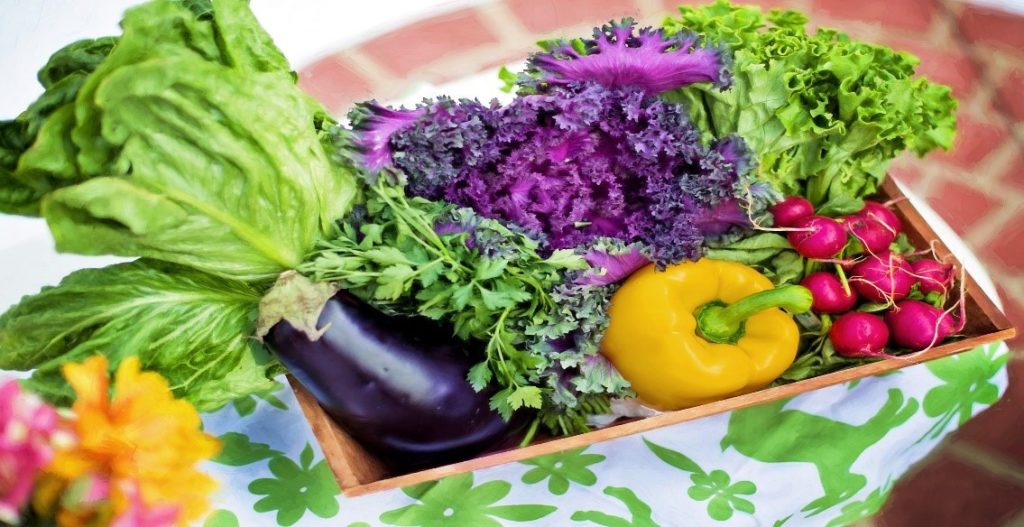
- The importance of Muscle Mass in menopause - 12/03/2025
- Penny’s gluten free bread recipe - 14/10/2024
- Children and bedwetting: What can parents do to help? - 01/10/2024




Leave a Reply